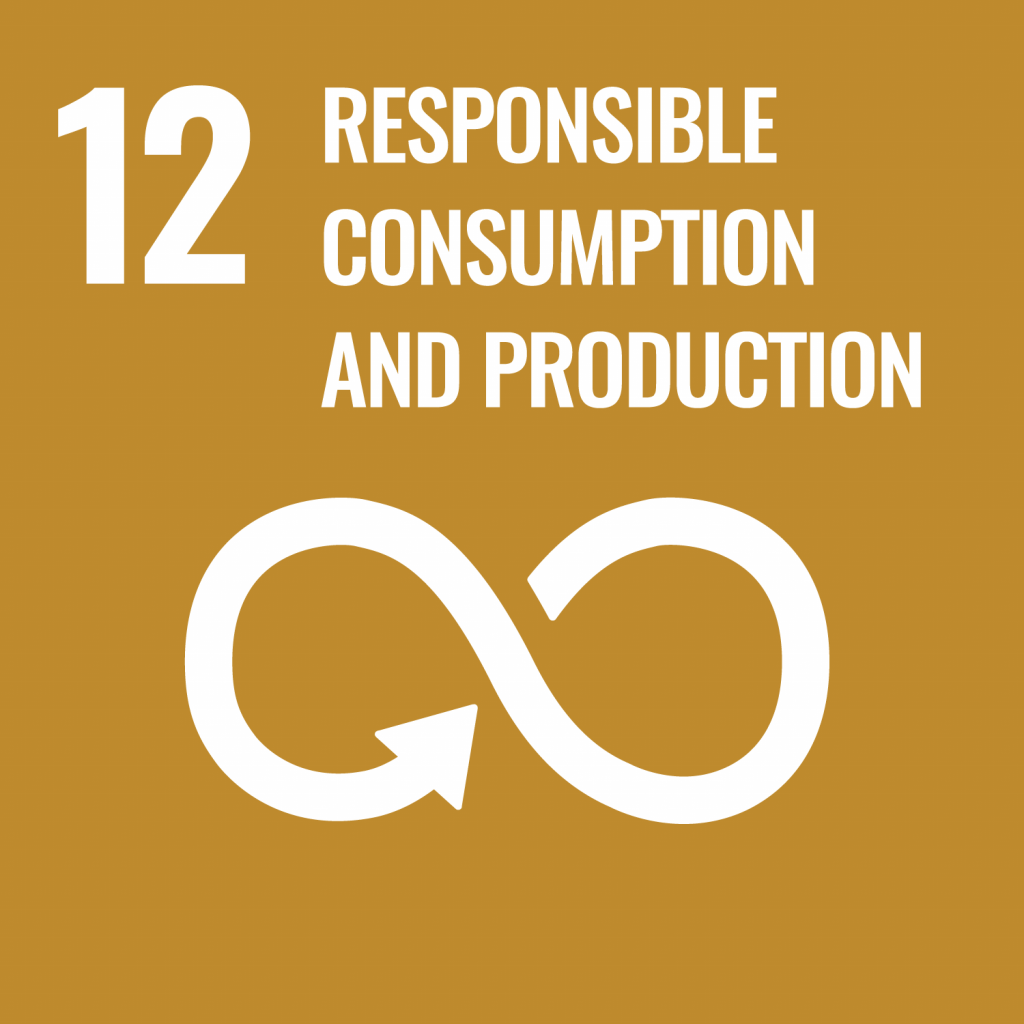
คุณภาพอากาศ
คุณภาพอากาศ


ความสำคัญและความมุ่งมั่นขององค์กร
การปล่อยมลสารออกสู่บรรยากาศเป็นประเด็นที่ทุกประเทศให้ความสำคัญ โดยเฉพาะอย่างยิ่งมลสารจากโรงไฟฟ้าจากเชื้อเพลิงทั่วไป เนื่องจากอาจส่งผลกระทบต่อสิ่งแวดล้อม รวมทั้งสุขภาพของคนในชุมชนใกล้เคียง นอกจากนี้ การบริหารจัดการคุณภาพอากาศเป็นอีกประเด็นสำคัญ เนื่องจากการบริหารจัดการที่ไม่มีประสิทธิภาพอาจส่งผลกระทบต่อการดำเนินงานและความเชื่อมั่นของผู้มีส่วนได้เสีย
แนวทางการบริหารจัดการ
ธุรกิจเหมือง
There are two types of emissions: point source and nonpoint source. The point source emissions typically generate at the diesel generator are controlled by preventive maintenance to reduce the chance of incomplete combustion. For nonpoint source, two main pollutants include Sulfur Dioxide (SO2) from fuel combustion at the hauling trucks and Particulate Matter (PM) from coal hauling and storage activities. Several initiatives to manage S02 and PM are undertaken such as using conveyor belts instead of trucks, water spraying at haul roads and coal stockyards, regularly maintenance engine, and the truck speed control. Furthermore, the Company regularly conducts air quality monitoring by third-party in both operational areas and surrounding communities.
ธุรกิจไฟฟ้าจากเชื้อเพลิงทั่วไป
Since most of the emissions at thermal power plants is a point source, the Company has placed emphasis on prevention at source by engineering control such as using a Circulating Fluidized Bed (CFB) boiler. In addition, the Company has formulated a 5-year plan (2013-2018) to improve air pollution control systems at three Combined Heat and Power (CHP) plants in China with over USD 43 million investment through latest and efficient technology, such as Flue Gas Desulfurization (FGD), Selective Non-catalytic Reduction (SNCR) and Electrostatic Precipitators (ESP). Moreover, Continuous Emission Monitoring System (CEMS) is also installed at the stack and surrounding communities to real-time monitor the air quality so that any potential incident from the undesired emissions levels can be addressed immediately. The monitoring covers four key indicators; SO2, NOx, PM (Total Suspended Particles: TSP) and Mercury (Hg).
Air Pollutants
Prevention at Source
Air Emissions Control
SO₂
· การใช้เตาเผาฟลูอิไดซ์เบดแบบหมุนเวียน
· การใช้ถ่านหินที่มีปริมาณกำมะถันต่ำ
· การใช้เทคโนโลยีการดักจับซัลเฟอร์ไดออกไซด์จากก๊าซที่ปล่อยออกจากปากปล่อง (Flue Gas Desulfurization: FGD)
NOx
· การใช้เตาเผาฟลูอิไดซ์เบดแบบหมุนเวียน
· การใช้หัวเผาลดไนโตรเจนออกไซด์
· การใช้เทคโนโลยีการกำจัดก๊าซไนโตรเจนออกไซด์ด้วยวิธี Selective Non-Catalytic Reduction (SNCR) และ Selective Catalytic Reduction (SCR)
TSP
· การใช้ถ่านหินที่มีปริมาณเถ้าต่ำ
· การกำจัดฝุ่นด้วยเครื่องดักจับฝุ่นแบบไฟฟ้าสถิต (Electrostatic Precipitator: ESP)
ภาพรวมการดำเนินงานในรอบปี
โดยในปี 2566 เพื่อให้ระบบดักจับมลสารคงประสิทธิภาพสูงสุด บริษัทฯ ดำเนินการเปลี่ยนตัวเร่งปฏิกิริยา (De-NOX catalyst) ที่ใช้ในเครื่องดักจับมลสารอากาศที่โรงไฟฟ้าพลังงานความร้อนร่วมในจีน ส่วนในอินโดนีเซีย นอกเหนือจากการตรวจวัดคุณภาพอากาศโดยหน่วยงานภายนอกที่ดำเนินการอย่างต่อเนื่อง บริษัทฯ ได้ปรับปรุงแผนการฉีดพรมน้ำเพื่อเพิ่มประสิทธิภาพในการควบคุมฝุ่นในพื้นที่และลดโอกาสที่จะเกิดผลกระทบกับชุมชนรอบข้าง
